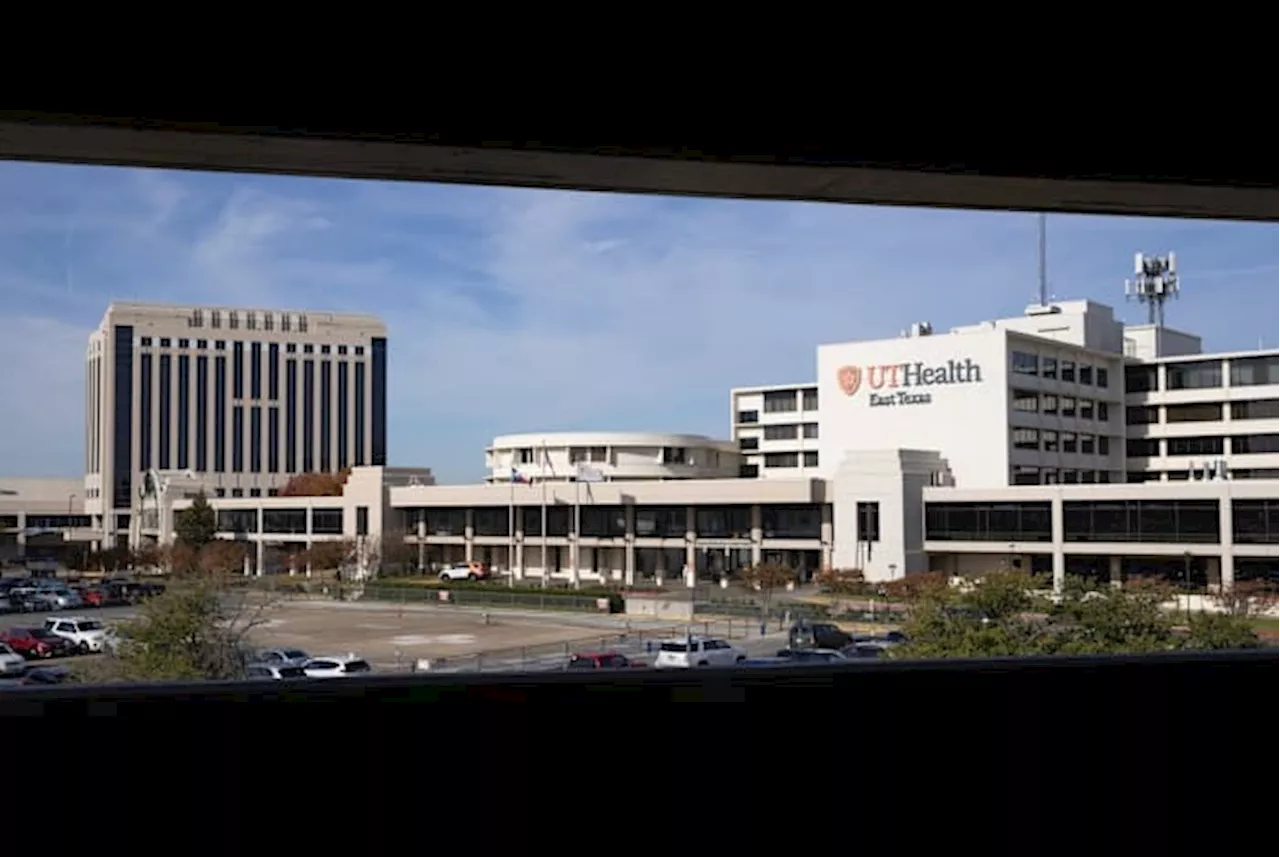A new policy from the National Institutes of Health (NIH) threatens to cut hundreds of millions of dollars in funding for Texas universities, potentially impacting thousands of jobs and slowing scientific advancements. The NIH aims to reduce the rate at which federal grants can be spent on overhead costs, including facility maintenance and administrative expenses. This policy change, which was implemented in January 2025, has sparked controversy and legal challenges. Many Texas universities and research institutions, who previously negotiated higher rates for indirect costs, fear the drastic reduction will disrupt ongoing research projects and jeopardize future breakthroughs in critical fields like infectious diseases and chronic conditions.
San Antonio police responded to a shooting in downtown San Antonio on Thursday, Feb. 6, 2025. Photos and video obtained by KSAT showed a car on fire. Second suspect, 15, dies in aftermath of deadly SAPD shooting, fiery crash in downtown San Antonio. Get ready for some fabulous Insider Deals that will help you enjoy a cozy night's sleep and some that will elevate your style and beauty game. Read full article: Elevate your style and beauty game with these Insider Deals. Sign up for The Brief.
Texas universities could lose hundreds of millions of dollars in federal funds that support biomedical research if a Trump administration policy withstands legal battles. Some fear a new National Institutes of Health funding formula will endanger thousands of jobs and potentially jeopardize breakthroughs in everything from infectious diseases to chronic conditions. The NIH said it planned to slash the rate at which federal grants can be spent on overhead for research, which includes costs like facility construction and maintenance. The federal agency wants to set the rate at 15%. Some Texas universities, hospitals and companies had negotiated a rate of more than 50% with NIH before Trump was sworn in for a new term last month. They expected to receive $444 million in support for the indirect costs of their research, records show. Friday, as a way to be a good steward of taxpayer money. But the move has already drawn a lawsuit from 22 states. A federal judge on Monday blocked the rule from going into effect in those 22 states. Texas did not join the suit. “This agency action will result in layoffs, suspension of clinical trials, disruption of ongoing research programs and laboratory programs,” the attorneys general wrote in court documents. Some NIH grant recipients in Texas that stand to lose the most if this policy is implemented include a brain study at UNT Health Science Center ($3.4 million annually), support for MD Anderson Cancer Center ($3.3 million annually) and, a professor at the Baylor College of Medicine, said this change could not only affect scientific advances, but improvements to the quality of health care. He emigrated from India to the United States 30 years ago to pursue a career in research. He decided to focus on studying reducing misdiagnoses after practicing for a few years in East Texas and seeing firsthand how it can delay treatment for common, life-threatening conditions, such as heart attacks, infections and cancer. He currently has several ongoing grants with an institute within NIH, totaling more than $1.5 million annually. Fifteen people are on his research team. “I’m constantly fundraising for my team and looking out for their jobs, and this potential impact of NIH on my institution and the support they provide is going to drastically impact the ability of our team to improve patient safety,” Singh said.. Officials at others, including Texas A&M University and University of Houston systems, said they are still assessing the impact of the policy change. “We do not yet know the specific financial and operational impacts to UH, however, we anticipate the losses to exceed $10 million,” UH spokesperson Shawn Lindsey said. “Our commitment to advancing scientific discovery and innovation remains steadfast. We will be developing strategies to mitigate the effects and will provide updates to our campus community as we navigate these unprecedented changes.” On Monday, Daniel Jaffe, UT-Austin’s vice president for research, assured faculty the university will cover all the facilities and administrative costs associated with their ongoing research despite the NIH’s announcement.UT-Austin has 230 active NIH grants and expected to receive $24 million in indirect cost support from NIH, records show. Under this change, that amount could be cut in half. all federal grants last month, framing it as a way to be a good steward of taxpayer dollars. The NIH used that same language in its announcement last week, pointing out that of the $35 billion it spent on research in 2023, $9 billion went to things like keeping the lights on in a laboratory, managing grant paperwork and paying compliance staff. “NIH is obligated to carefully steward grant awards to ensure taxpayer dollars are used in ways that benefit the American people and improve their quality of life. Indirect costs are, by their very nature, ‘not readily assignable to the cost objectives specifically benefited’ and are therefore difficult for NIH to oversee,” the agency wrote.“It will be celebrated wildly by our competitors, who will see this for what it is—a surrender of U.S. supremacy in medical research”
NIH Funding Biomedical Research Texas Universities Indirect Costs Scientific Advancements Policy Change Healthcare
United States Latest News, United States Headlines
Similar News:You can also read news stories similar to this one that we have collected from other news sources.
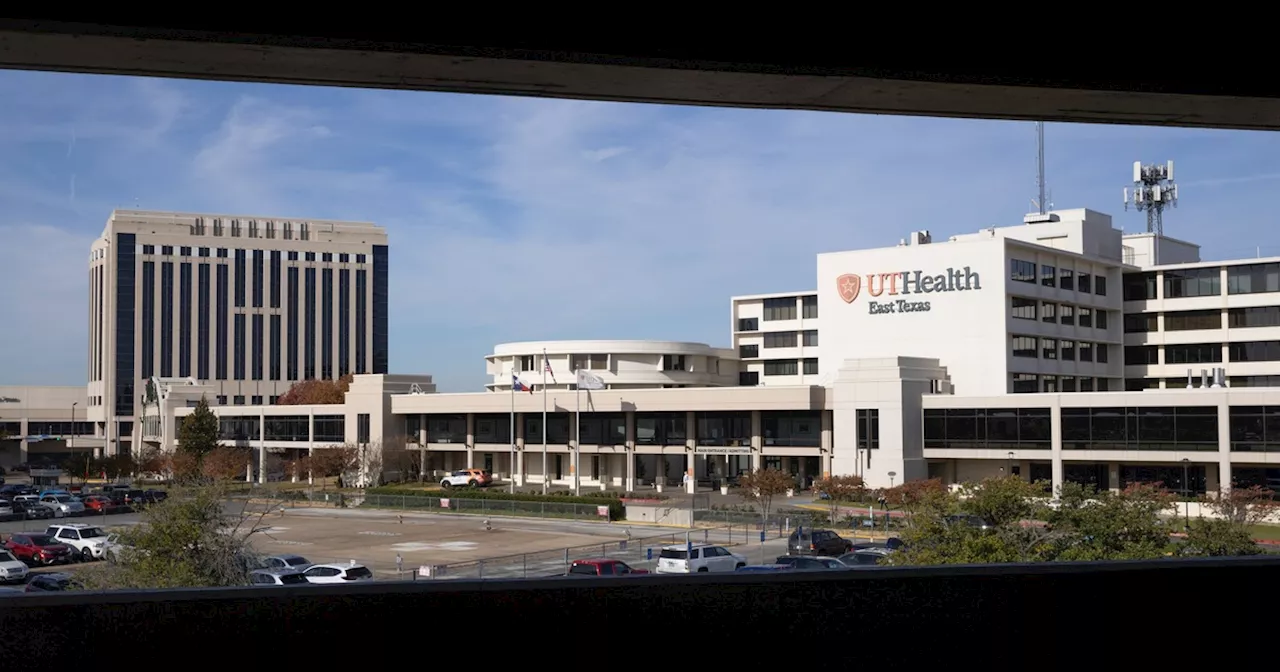 Texas universities face research funding cuts under NIH changeA federal judge blocked a new National Institutes of Health policy from going into effect in 22 states that sued the agency, but Texas wasn’t part of the suit.
Texas universities face research funding cuts under NIH changeA federal judge blocked a new National Institutes of Health policy from going into effect in 22 states that sued the agency, but Texas wasn’t part of the suit.
Read more »
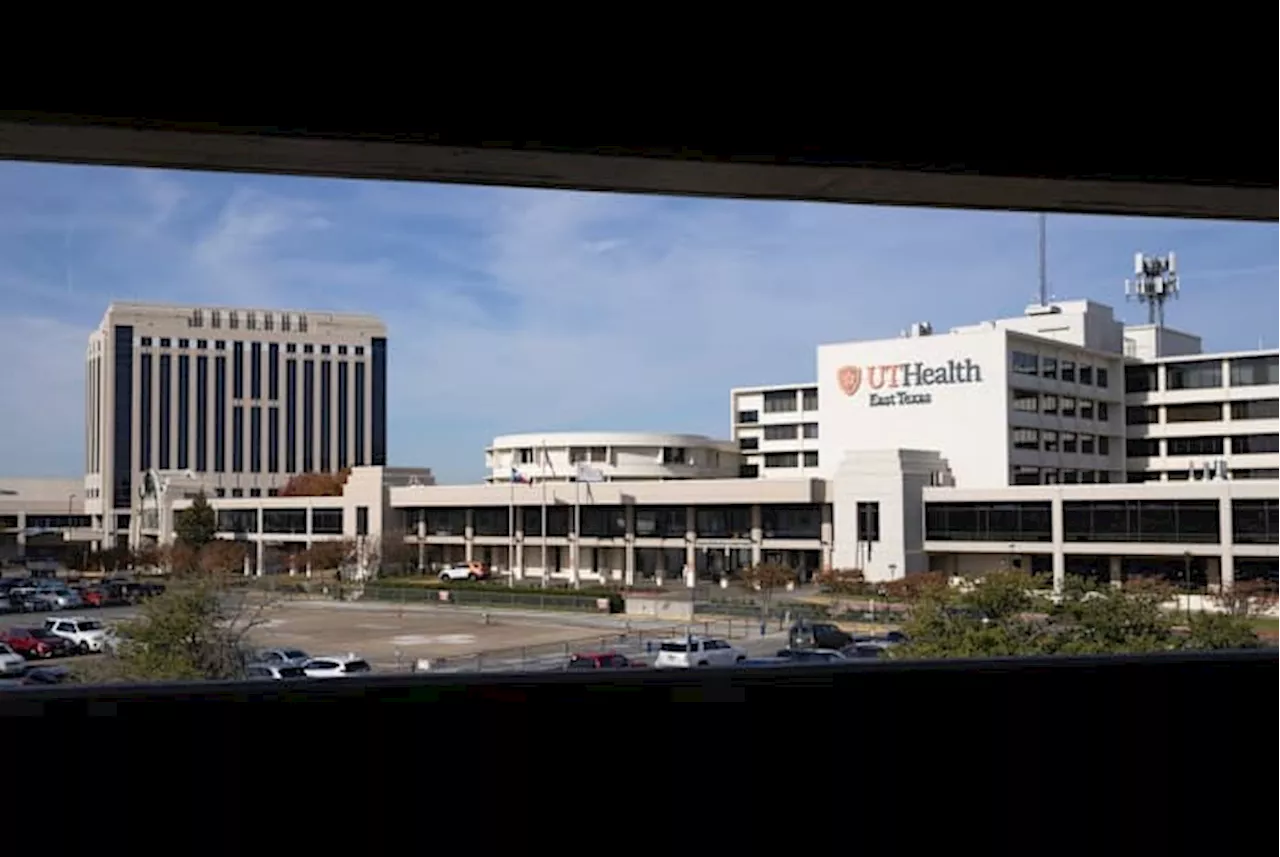 Texas Universities Face Funding Crisis as NIH Policy Cuts Indirect CostsNew NIH policy threatens biomedical research funding for Texas universities, potentially leading to job losses and hindering scientific advancements.
Texas Universities Face Funding Crisis as NIH Policy Cuts Indirect CostsNew NIH policy threatens biomedical research funding for Texas universities, potentially leading to job losses and hindering scientific advancements.
Read more »
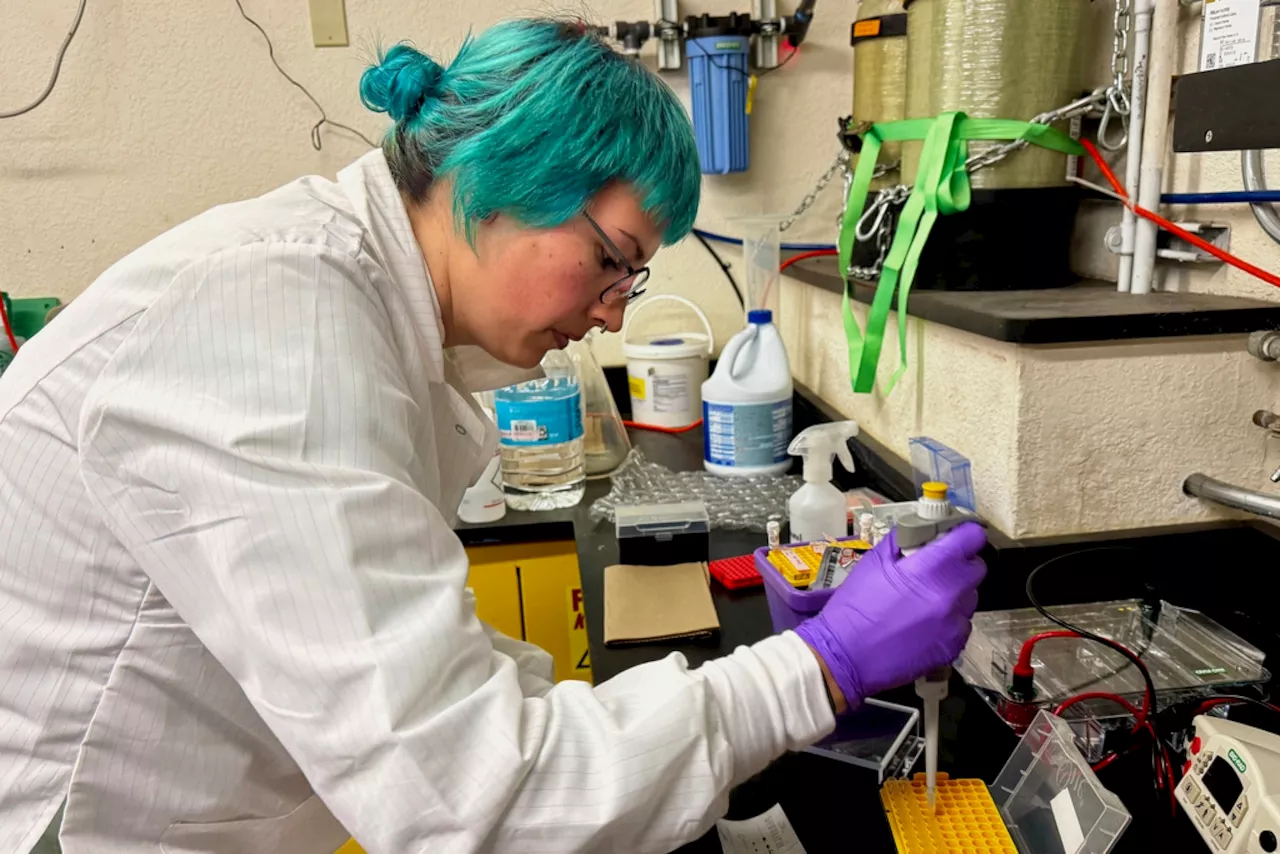 NIH cuts, Trump’s DEI crackdown threaten universities with major research budget gapsSchools remain quiet as they navigate potential consequences for research grants and support for underrepresented students.
NIH cuts, Trump’s DEI crackdown threaten universities with major research budget gapsSchools remain quiet as they navigate potential consequences for research grants and support for underrepresented students.
Read more »
 NIH to Cut Funding for Indirect Costs at UniversitiesThe National Institutes of Health (NIH) is significantly reducing funding for indirect costs, a crucial category covering expenses like building maintenance, equipment, and staff support, at universities and research institutions. The new policy, which caps indirect cost reimbursement at 15% of grants, is a major departure from current practices and will affect both existing and future grants. This move, justified by the NIH's aim to align funding with private foundation practices, has sparked criticism from research institutions and advocacy groups who argue that it undermines the ability to conduct high-quality research.
NIH to Cut Funding for Indirect Costs at UniversitiesThe National Institutes of Health (NIH) is significantly reducing funding for indirect costs, a crucial category covering expenses like building maintenance, equipment, and staff support, at universities and research institutions. The new policy, which caps indirect cost reimbursement at 15% of grants, is a major departure from current practices and will affect both existing and future grants. This move, justified by the NIH's aim to align funding with private foundation practices, has sparked criticism from research institutions and advocacy groups who argue that it undermines the ability to conduct high-quality research.
Read more »
 NIH Funding Cuts: A Blow to Research and UniversitiesThe National Institutes of Health (NIH) is slashing indirect cost funding for research, a move that will have far-reaching consequences for universities, scientists, and the broader scientific community. The article explains the impact of these cuts, highlighting the crucial role of both direct and indirect costs in supporting scientific research.
NIH Funding Cuts: A Blow to Research and UniversitiesThe National Institutes of Health (NIH) is slashing indirect cost funding for research, a move that will have far-reaching consequences for universities, scientists, and the broader scientific community. The article explains the impact of these cuts, highlighting the crucial role of both direct and indirect costs in supporting scientific research.
Read more »
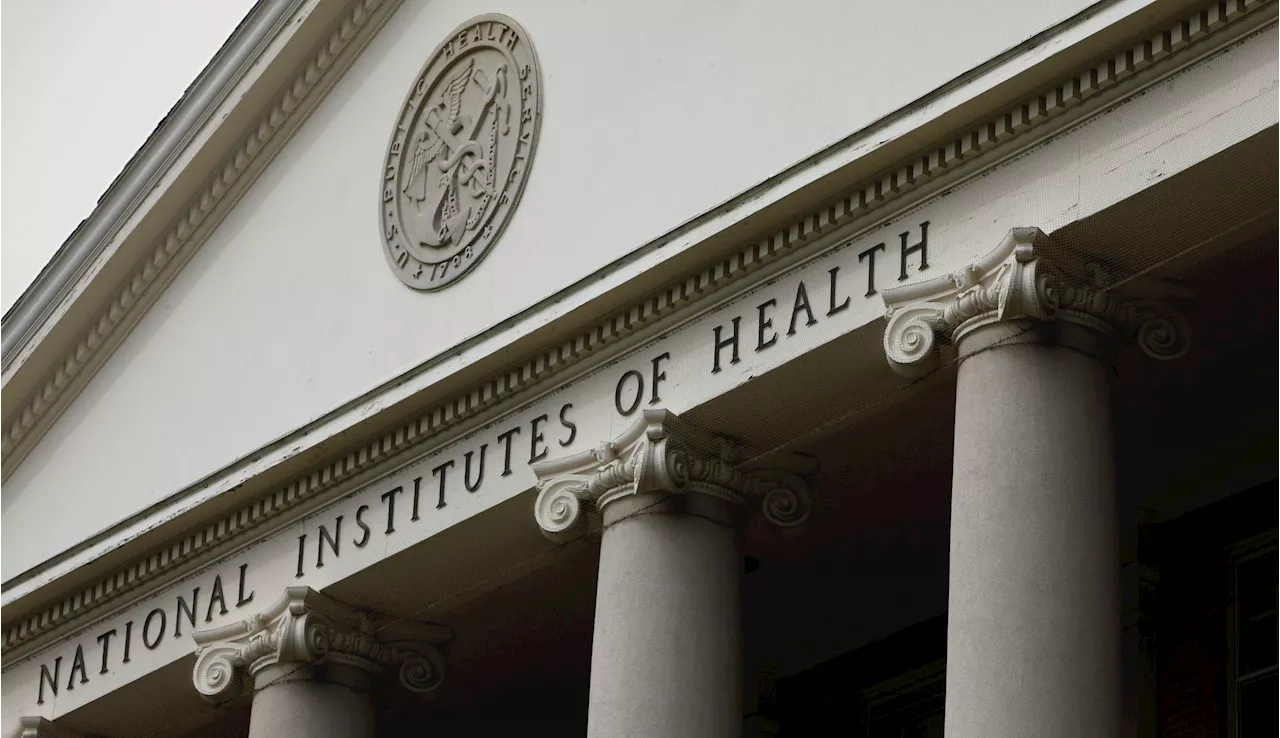 NIH cutting overhead funding for research at universitiesPolitical News and Conservative Analysis About Congress, the President, and the Federal Government
NIH cutting overhead funding for research at universitiesPolitical News and Conservative Analysis About Congress, the President, and the Federal Government
Read more »
